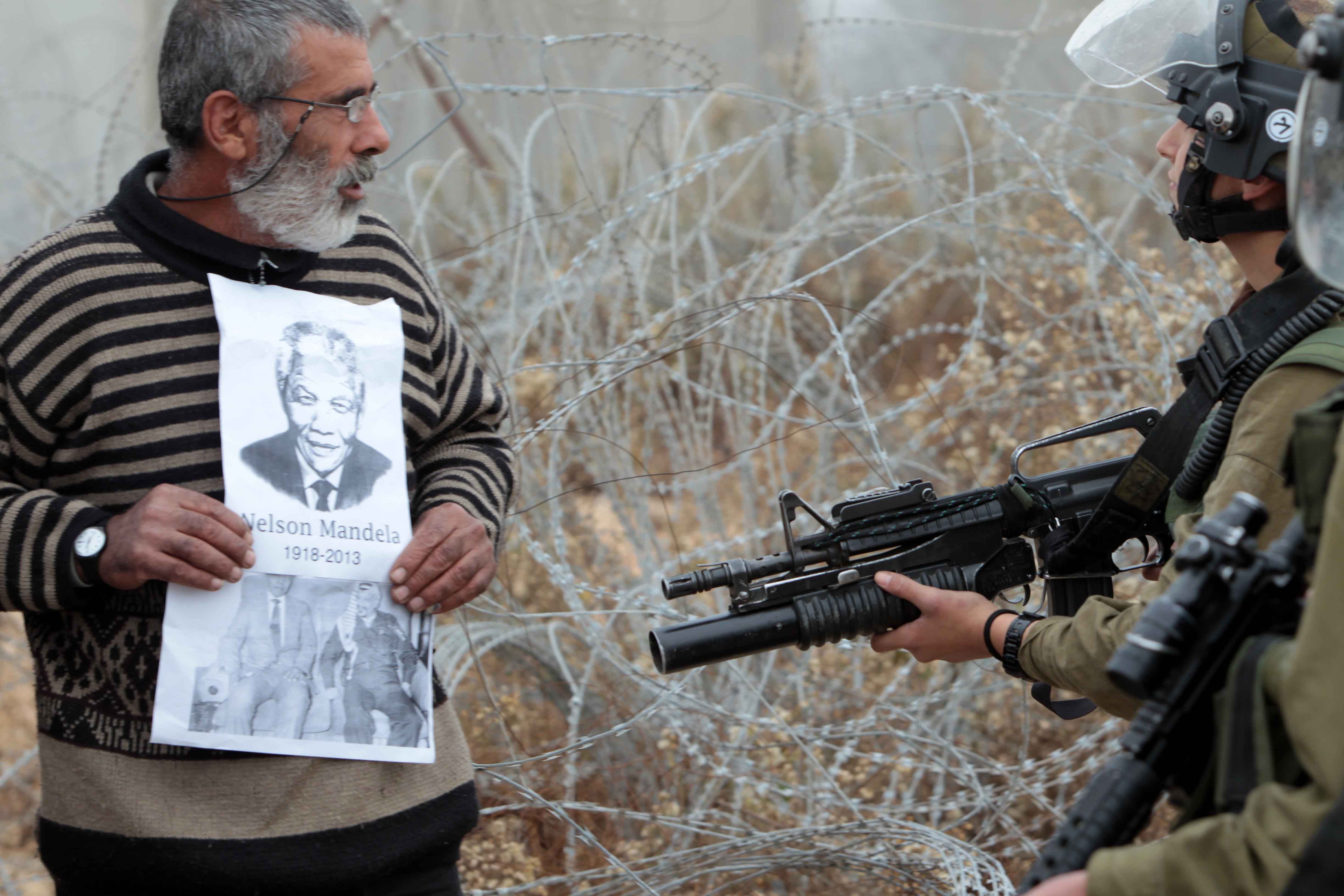
The world pays tribute to Mandela (slideshow)
As South Africans come to terms with the loss of former president Nelson Mandela, the rest of the world bids farewell to Madiba.
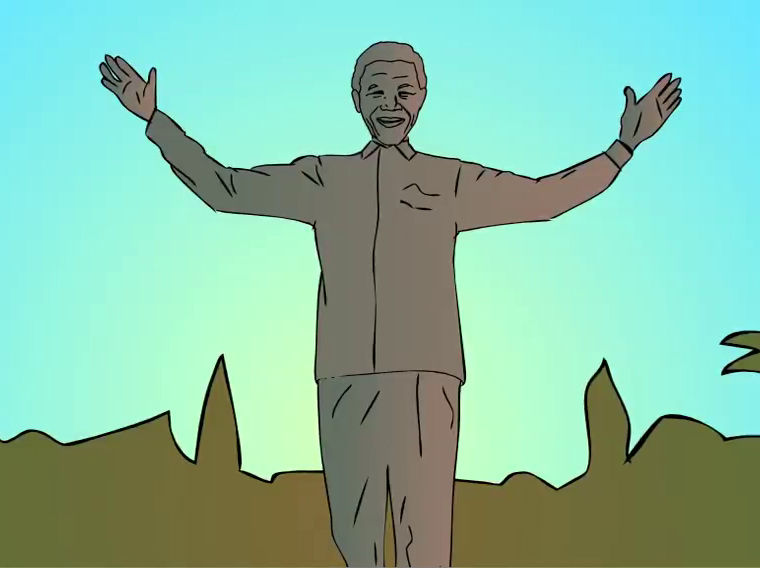
Pimples: Saving Madiba's rabbit (video)
Gwede, Mac and Blade try their best to stop the rabbit from whispering in Mandela's ear. But the elusive animal has some tricks up its sleeve.
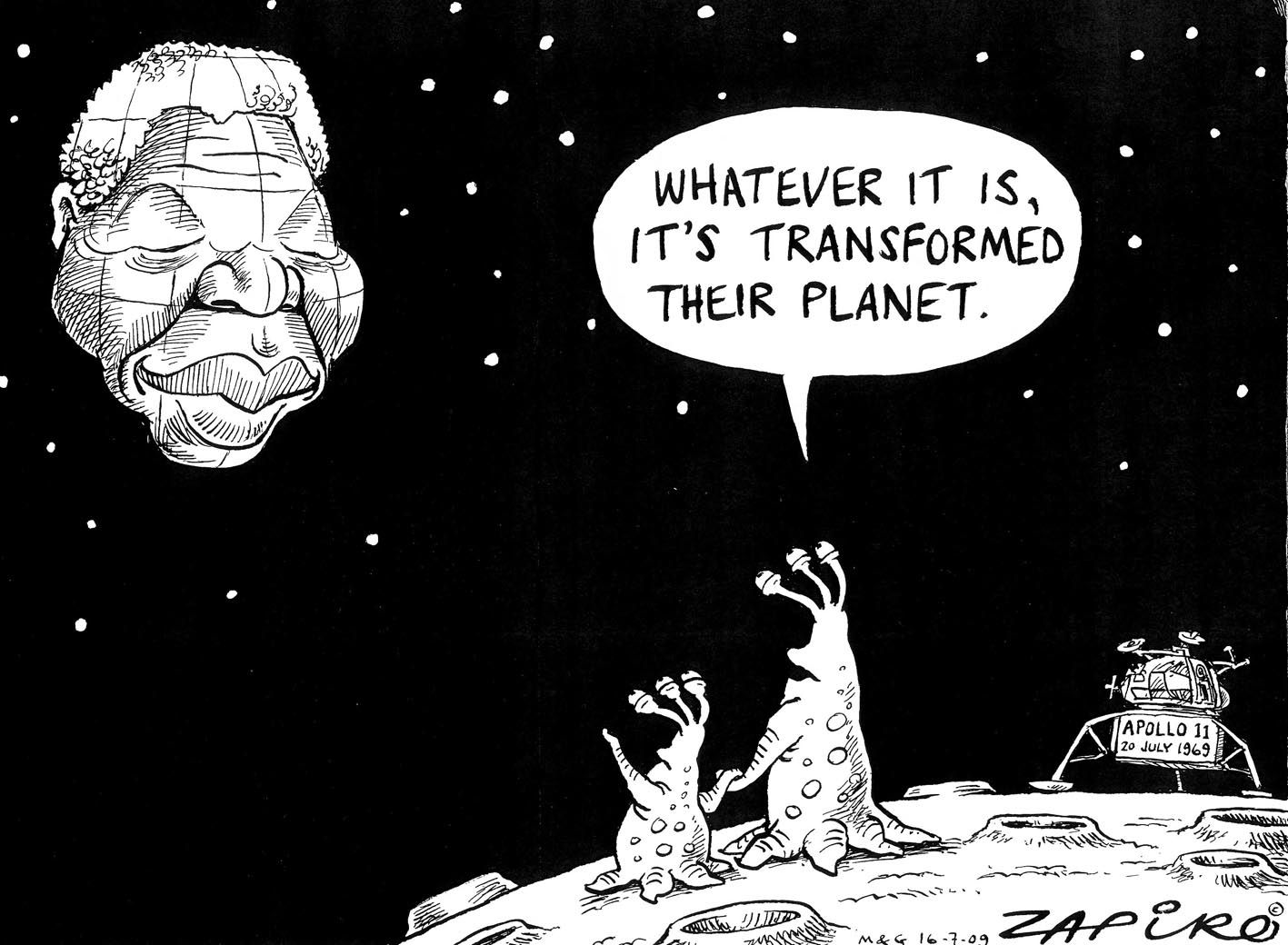
Zapiro's best Madiba cartoons (slideshow)
From his toughest moments to his most triumphant, Madiba has been an inspiration. Here are some of our favourite Zapiro cartoons about him from 1994 to 2013.
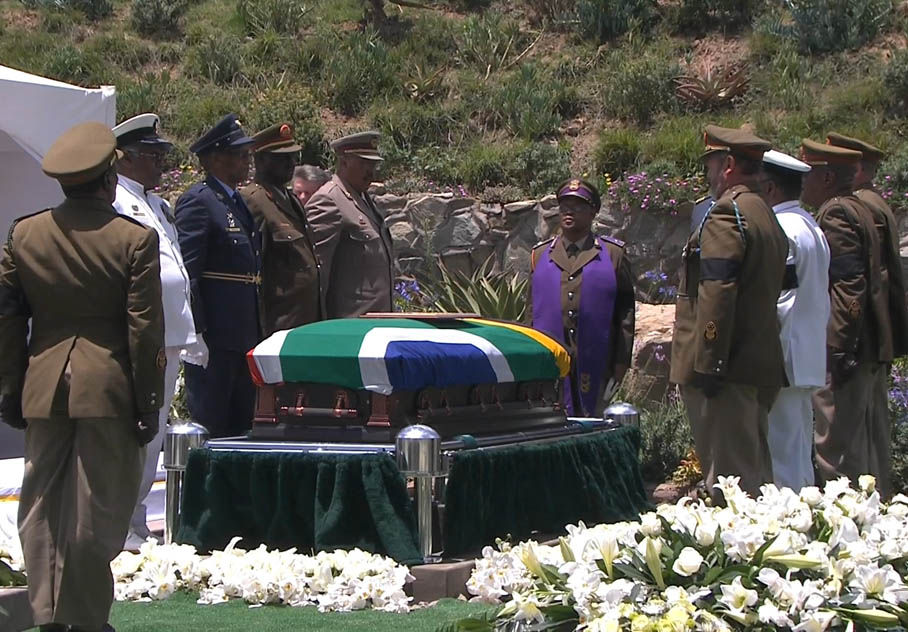
Mandela: SA's greatest son laid to rest (slideshow)
The world watched as Nelson Mandela was finally laid to rest in his hometown of Qunu following a dignified and moving funeral ceremony on Sunday.
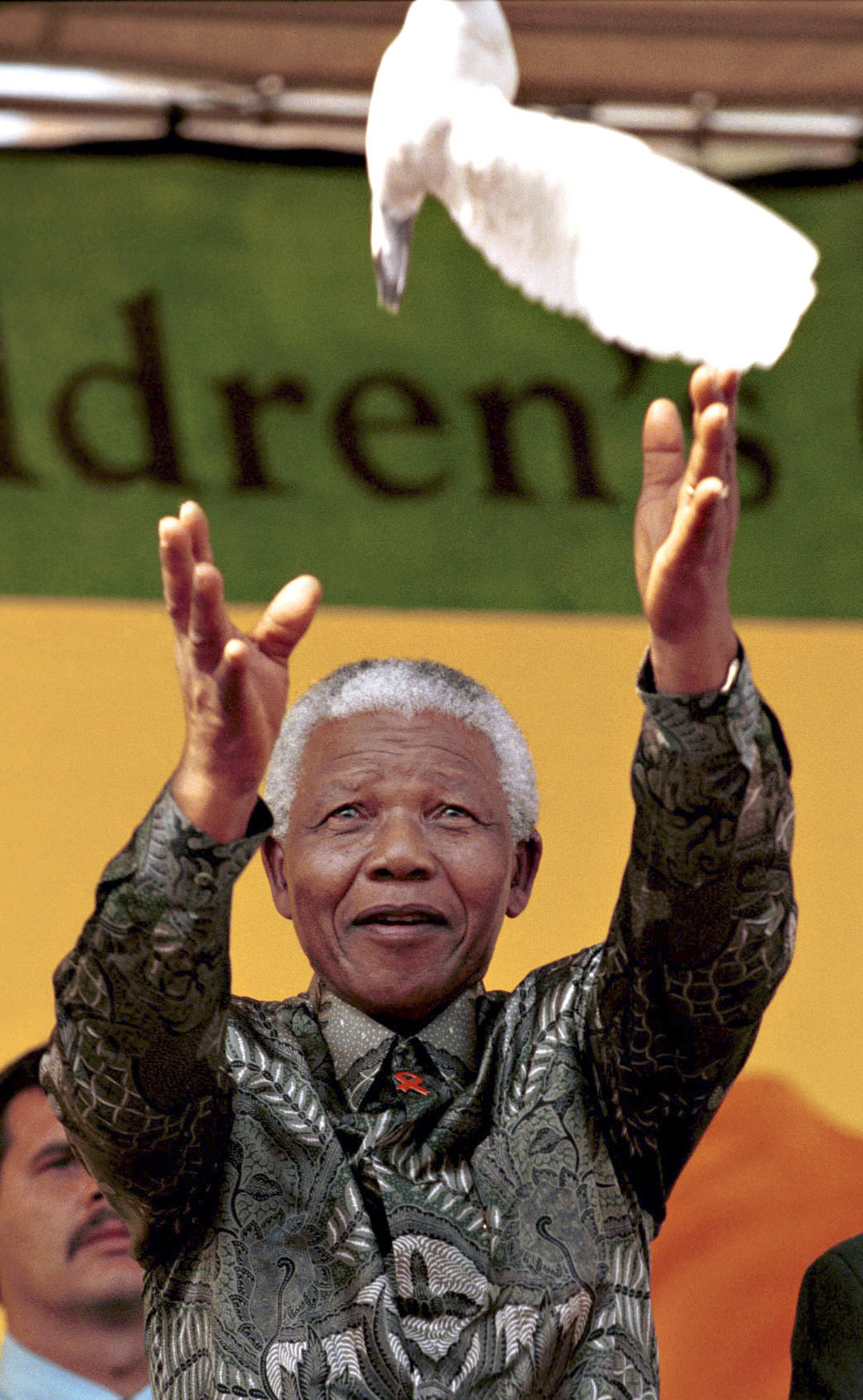
Not only has he at times embraced his own mortality, he has also attempted to take ownership of his own death.
Few recent accounts of Mandela, as he approaches extreme old age, have tracked and remarked on his thinking across several decades about life and death in general, about the obligations of the living to the dead and, indeed, about his own inner world as he experienced deep suffering and loss, states of being that one "never wants to experience ever again".
A complex dialectics of presence and absence, disappearance and reappearance have been a hallmark of Mandela's life, from the time he went underground in 1961 to his re-emergence to freedom in 1990. Because of this, Mandela's actual death will be anything but a sudden death. Nor will his death open on to total absence – his life having been lived as a long oscillation between encounter, distance and separation, solitude and conviviality, the life of the day and the life of the night.
Mandela on death
The first death Mandela witnessed was that of his father, Gadla Henry Mphakanyiswa: "I found him in my mother's hut, lying on his back on the floor, in the midst of what seemed like an endless fit of coughing … He remained in the hut for several days without moving or speaking, and then one night he took a turn for the worse." After the coughing fit, he asked to smoke his pipe. "He continued smoking … and then, his pipe still lit, he died."
Of his father's passing, Mandela cannot remember "experiencing great grief so much as feeling cut adrift". Having defined himself through his father, the latter's death signalled the end of a world for Mandela. His mother had decided that he would leave Qunu in the former Transkei, his first home. He mourned less for his father than for the world he was leaving behind.
Mandela viewed every death as "a frightful disaster no matter what the cause and the age of the person affected". He distinguished between a gradual, slow death, as in the case of illness – "when the next of kin are at least forewarned and the blow may not be so shattering when it ultimately lands" – and the kind of death that claims "a strapping and healthy person in the prime of his life". Living through the second type of death experience could be "paralysing". Each death was nevertheless a singular event. Although shattering, its meaning could be ungraspable at the moment of its occurrence. For it to become fully an event for those who mourned the loss, it had to trigger a remembrance of the decreased as well as memories of other deaths. That is when death as such emerged to consciousness as actuality. In Mandela's case, the death of each individual member of his family (his daughter, his son and his mother) produced its full effects mostly after the fact, when it was remembered at the occasion of other deaths – a repetition that often became its own spectral presence.

Mandela missed the burial of most of those who meant a great deal to him: the regent of Thembuland in 1942, the deaths of his mother and his eldest son Thembekile while he was in jail. His application to the prison authorities to attend the funeral was ignored on the death of his mother. When his son, aged 23, was killed in a car accident in July 1969, he was shattered: "The news was broken to me about 2.30pm. Suddenly my heart seemed to have stopped beating and the warm blood that had freely flown in my veins for the last 51 years froze into ice. For some time I could neither think nor talk and my strength appeared to be draining out. Eventually, I found my way back to my cell ..."
In Long Walk to Freedom, he wrote: "I do not have words to express the sorrow, or the loss I felt. It left a hole in my heart that can never be filled. I returned to my cell and lay on my bed. I do not know how long I stayed there, but I did not emerge for dinner. Some of the men looked in, but I said nothing. Finally, Walter [Sisulu] came to me and knelt beside my bed, and I handed him the telegram. He said nothing, but only held my hand. I do not know how long he remained with me. There is nothing that one man can say to another at such a time."
In later years, after his release, it was the deaths of Oliver Tambo and Walter Sisulu that Mandela was least able to handle in terms of defying the public expression of his pain. In Conversations with Myself, he likened the death of Tambo to "the falling of a giant oak tree". "I felt very lonely," he adds.
No easy walk to freedom
Walter Sisulu's death left him "almost prostrate with grief".
What we observe in these descriptions is Mandela's dramatic expression of emotion, the quasi-physiological and somatic effects of the tragedy upon him, and the nature of his response (withdrawal to his cell) in a context of extreme powerlessness in which he can strictly do nothing.
Mandela's closest encounter with the prospect of his own death occurred during the Rivonia Trial in 1964. The possibility of being sentenced to death for treason was real. One of the trialists' lawyers, Joel Joffe, wrote: "On our way home we stopped at the jail to talk to the accused. They were calm, living now in the shadow of death. The strain and tension was becoming almost unbearable, yet the only matter they wanted to discuss was how they should behave in court if the death sentence was passed."
Informed that the judge would ask him whether he had any reason to advance why the death sentence should not be passed, Mandela responded that he was "prepared to die for his beliefs, and knew that his death would be an inspiration to his people in their struggle". There is "no easy walk to freedom. We have to pass through the shadow of death again and again before we reach the mountaintops of our desires."
In a conversation with Ahmed Kathrada, Mandela says of his and the other trialists' deaths that "we should disappear under a cloud of glory, we should fight back". This was quite different, he acknowledges, from being in his cell alone and trying to confront the fact that he was likely "to not live".
"I must, however, confess that for my own part the threat of death evoked no desire in me to play the role of martyr. I was ready to do so if I had to. But the anxiety to live always lingered."
The cell as shroud
Some of Mandela's most momentous engagements with death occurred while he was in prison. A pivotal space during his carceral years was the cell. It might not have presented the strict appearance of a grave: measuring just more than 2m by 2m in size, its features were a mixture of a coffin and a catacomb. It was the actual instantiation of the harshness and grimness that surrounded him for decades. Whenever death struck, as we have seen, it is to his cell that he withdrew, or disappeared into. A physical space of confinement and solitude, the cell became a shroud, a space of mourning and confrontation with oneself and with the memory of the dead.
Significant during the Robben Island years are Mandela's dreams, almost always ghostly narratives, usually about arriving at his house in Orlando and finding no one at home. These are preceded by an actual event involving Evelyn, his first wife. After his arrest and imprisonment for two weeks in 1956, he records, he received one visit from Evelyn. "But when I left on bail, I found that she had moved out and taken the children. I returned to an empty, silent house. She had even removed the curtains, and for some reason, I found this small detail shattering."
Mandela wrote to Winnie: "Sometimes I feel like one who is on the sidelines … who has missed life itself."

The prison cell in these accounts appears, then, as a space of isolation and loneliness, capable of jeopardising his personhood. But it is also a place of ascetic detachment and mourning. And it allows Mandela to perform a practice of regeneration.
In prison he struggled the most in relation to how to let go of attachment; it is here that he felt the loss of beloved objects as losses of his own self. The objective wretched conditions of prison separated his ego from his body and the limits placed upon it and its movements, separating selfhood from the most brutal aspects of pain, the threat of complete objectification. He created a division in his self between psyche and soma in order to attain a certain state of detachment.
An example of this removal is his sexual life, his celibacy, of which he speaks very little. He held on to the assurance that joy was possible when almost everything (except the right to be human and free) had been given up. In prison he encountered the reality of affliction and the void, but he was able to build a bridge back to the world left behind. This bridge was built with trusted others, especially, as we saw above, women. In his letters, he deliberately tried to remain in contact with a universe wider than his prison cell.
Late images
Recent images of Mandela focus on his physical frailty, his increasing inability to walk properly and his ageing face.
On the night before the opening match of the Soccer World Cup in 2010, Mandela's 13-year-old great-granddaughter Zenani was killed in a car accident.
Her death recalled the many losses Mandela has suffered in relation to children in his family, including that of Thembekile and of Makaziwe, at only nine months old. His third child, Makgatho, died of an Aids-related illness in 2005. Zenani was the niece of another Mandela, Kefuoe Seakamela (7) who drowned in a school swimming pool in 2008. The body of Kefuoe, granddaughter of Nelson and Winnie, was found in the shallow end of the pool at Sacred Heart College in Johannesburg.
In the funeral image, Mandela's cheeks are so sunken as to completely change the shape of his face. The pall of his skin is different, he looks far older than he does in other pictures, his grief and despair are revealed in the slackness of his mouth and the angle from which he looks into the camera. It is interesting to recall here, in the sense that the body carries its affective past with it, Joffe's description of Mandela after a year on Robben Island: "He had withered during his year in a South African jail, and looked thin and miserably underweight. His face, formerly well filled out and a rounded, deep glistening brown, was now hollow-cheeked, a sickly pale yellowish colour. The skin hung in bags under his eyes."
South Africans are regularly exposed to the active planning for his death, and the nature of the controversies arising from preparation for his final passing and burial.
With the fact of his late old age comes the sense that he marks a deep void at the heart of a place that has always struggled to mask what it feels might be an emptiness at its centre, that has struggled to define itself as a nation and to draw together its many fragments into a sustained sense of commonality, in the wake of a long racist past. We approach alongside him the anxiety or anguish that South Africa is neither a concept nor an idea – just a physical place, a geographical accident.
Sarah Nuttall is a professor of literary and cultural studies and the director of Wiser, the Wits Institute for Social and Economic Research. This is an extract from a lecture she recently delivered at Wiser. All quotations from Mandela in the text are either from Long Walk to Freedom or Conversations with Myself

